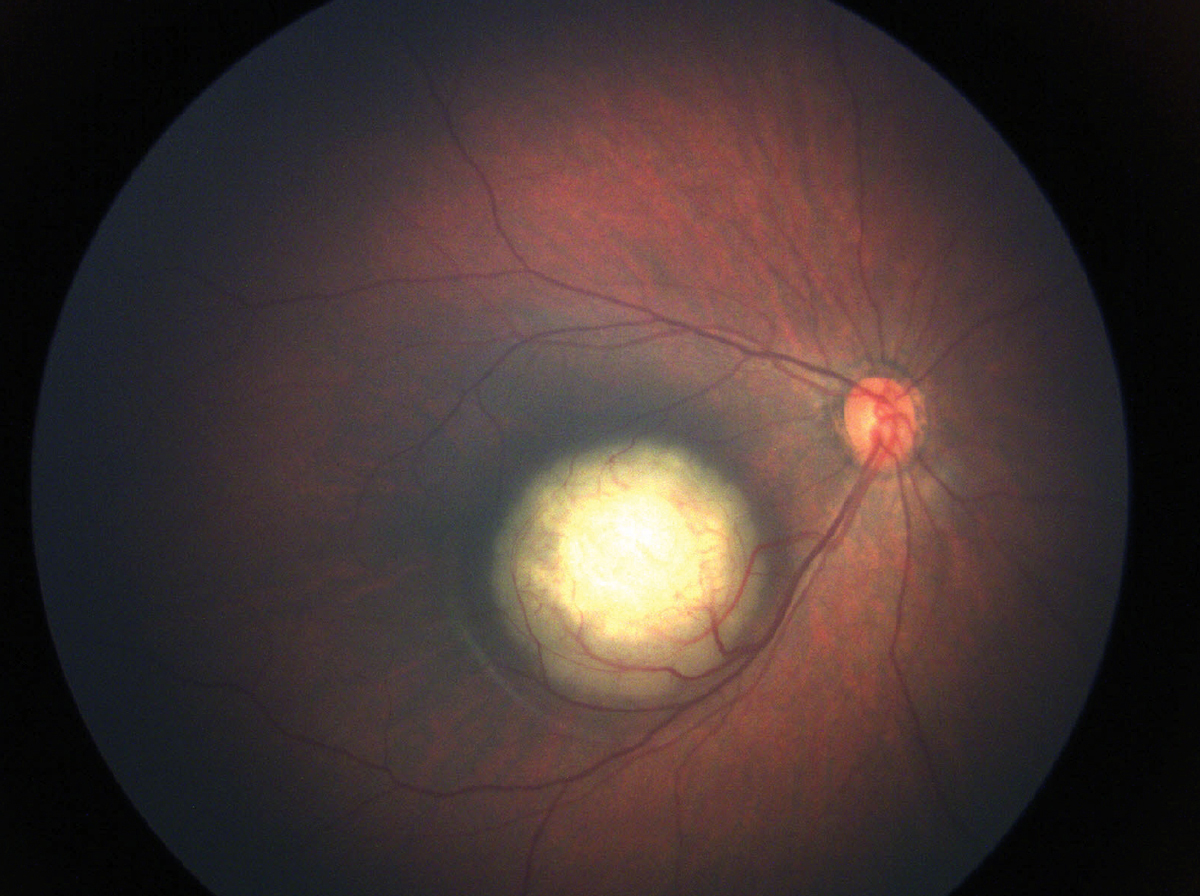 |
|
Enucleation rates for retinoblastoma are also significantly higher among Black, Hispanic and children from low-income families, according to the literature. Photo: Julia Canestraro, OD. Click image to enlarge. |
Survival rates among children with retinoblastoma have improved over the last 20 years, but sociodemographic disparities continue to influence health. In a study recently published in Ophthalmic Epidemiology, researchers employed the IRIS Registry’s vast real-world data to investigate which factors are associated with retinoblastoma visual outcomes. They found that race, ethnicity and insurance status play a role.
The retrospective study included 1,545 children in the IRIS Registry with a history of retinoblastoma under the age of 18. The researchers reported that the median length of follow up was 4.1 years, with a median age of 12 years for the most recent clinical visit.
A total of 54% of cases were unilateral, with poor vision in at least one eye in 78% of kids. The researchers reported 17% of bilateral disease patients had poor vision in both eyes. They found that poor visual outcomes were associated with unilateral diagnosis (odds ratio [OR]=1.55), Black race (OR=2.03), Hispanic ethnicity (OR=1.65) and non-private insurance (OR=1.47).
“The underlying factors driving the relationship between race, ethnicity and long-term visual outcomes of retinoblastoma survivors are complex and poorly understood,” the researchers wrote in their Ophthalmic Epidemiology paper. They wrote that Black and Hispanic individuals were more likely to be enrolled in public insurance and “may represent a more socioeconomically disadvantaged patient population.” Furthermore, “children from disadvantaged backgrounds may be at greater risk of retinoblastoma-related adverse outcomes” due to lack of access to care such as routine screening and delayed diagnosis. Early diagnosis is linked with better survival and eye preservation.
Oke I, Gonzalez E, Elze T, et al. The association of race, ethnicity, and insurance status with the visual acuity of retinoblastoma survivors in the IRIS Registry. Ophthalmic Epidemiology 2024. [Epub 5 April 2024]. |


